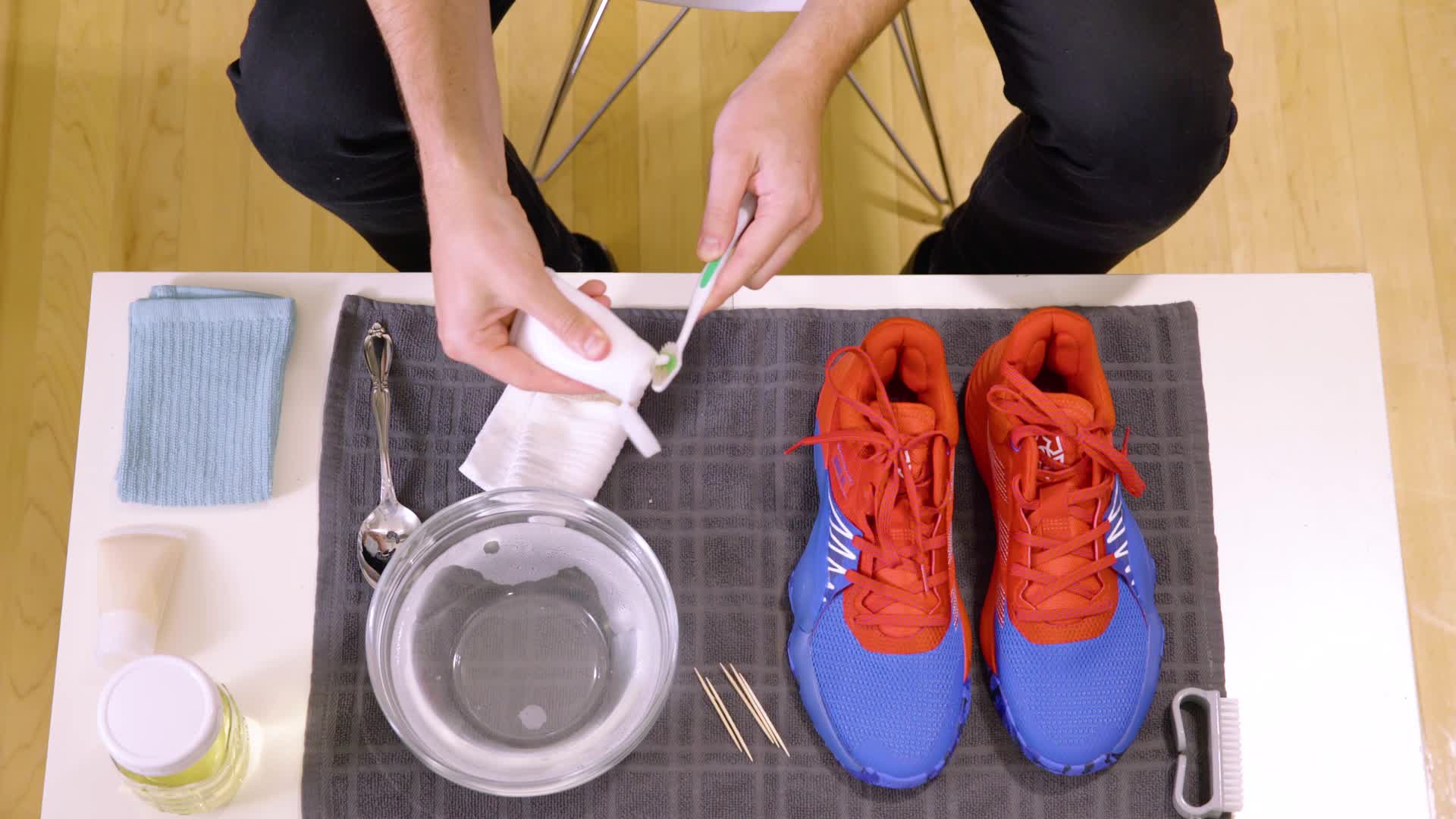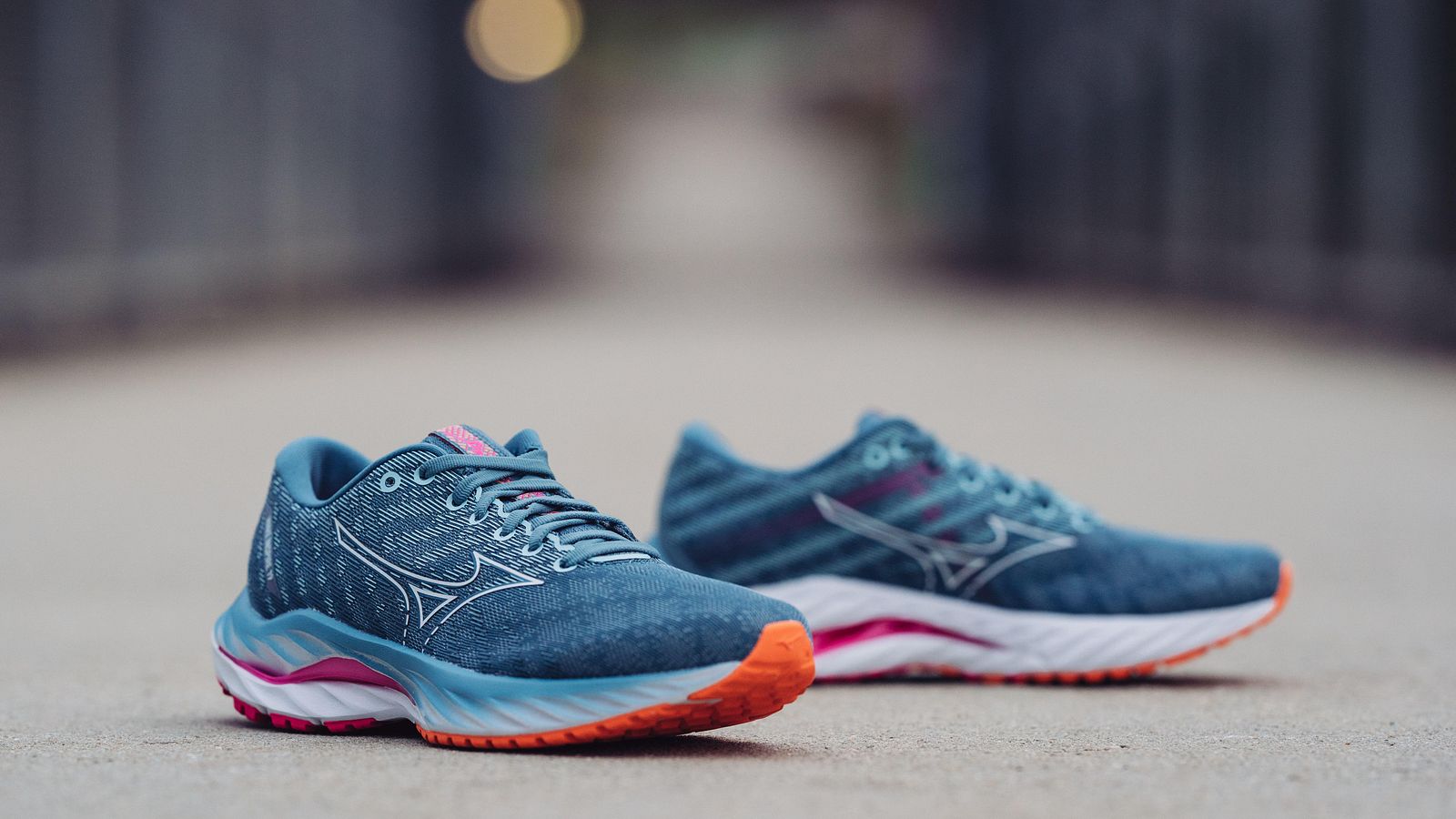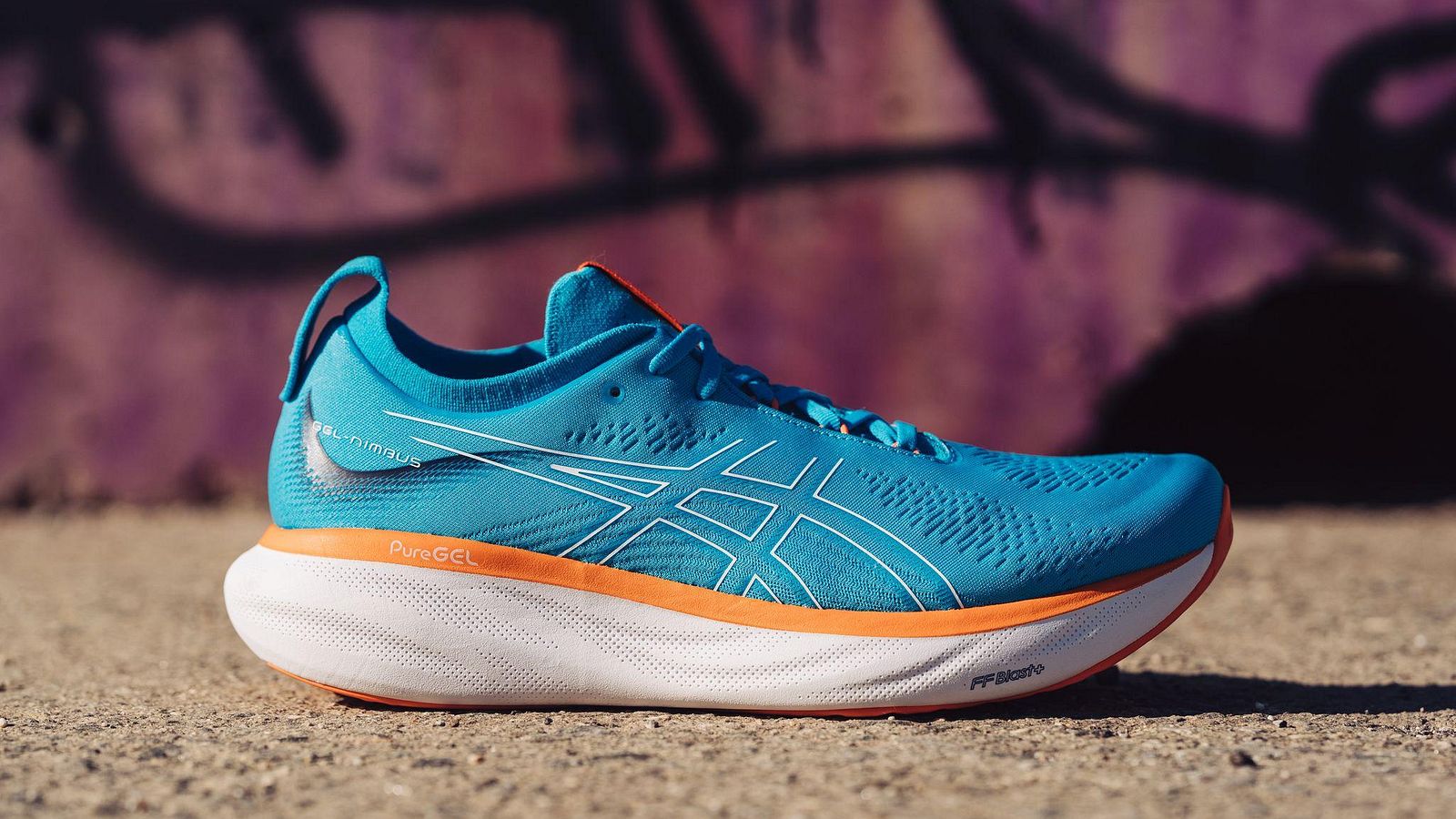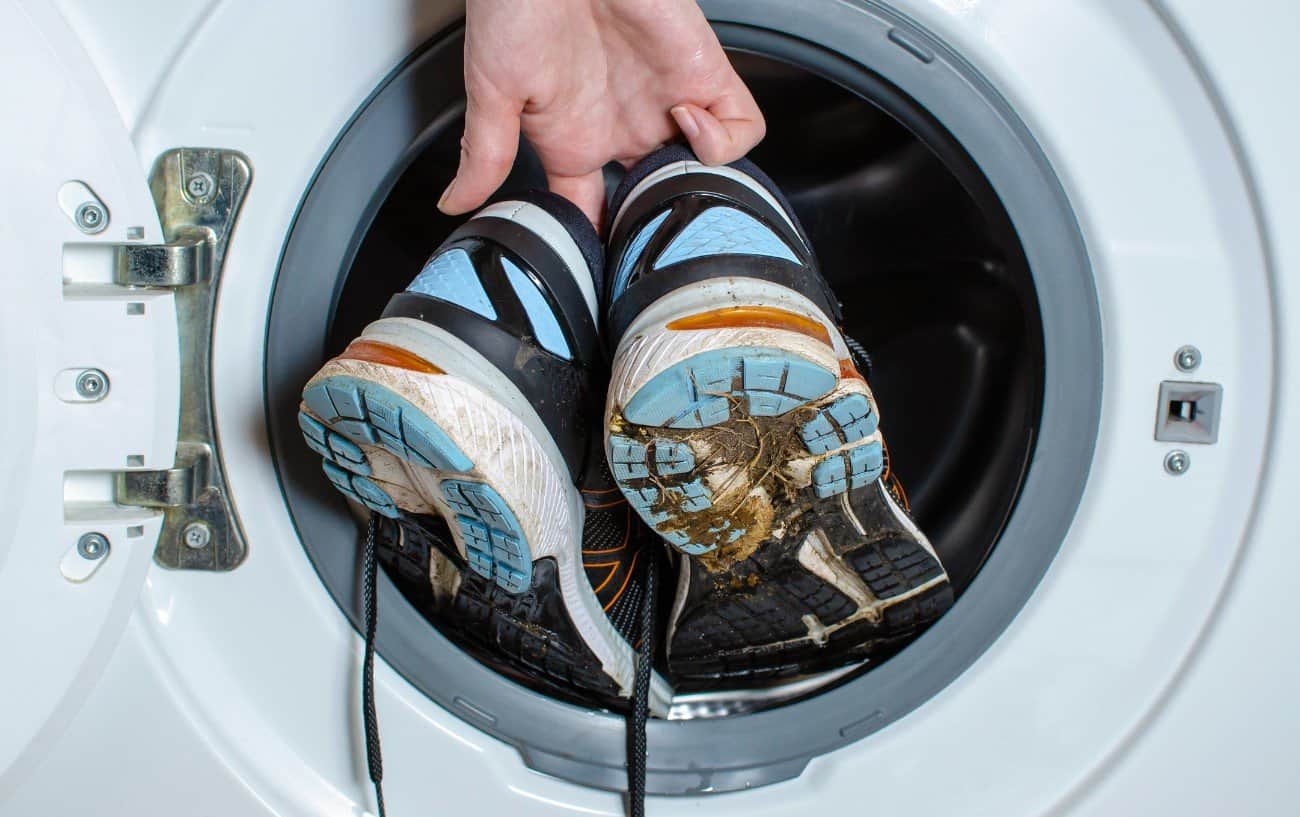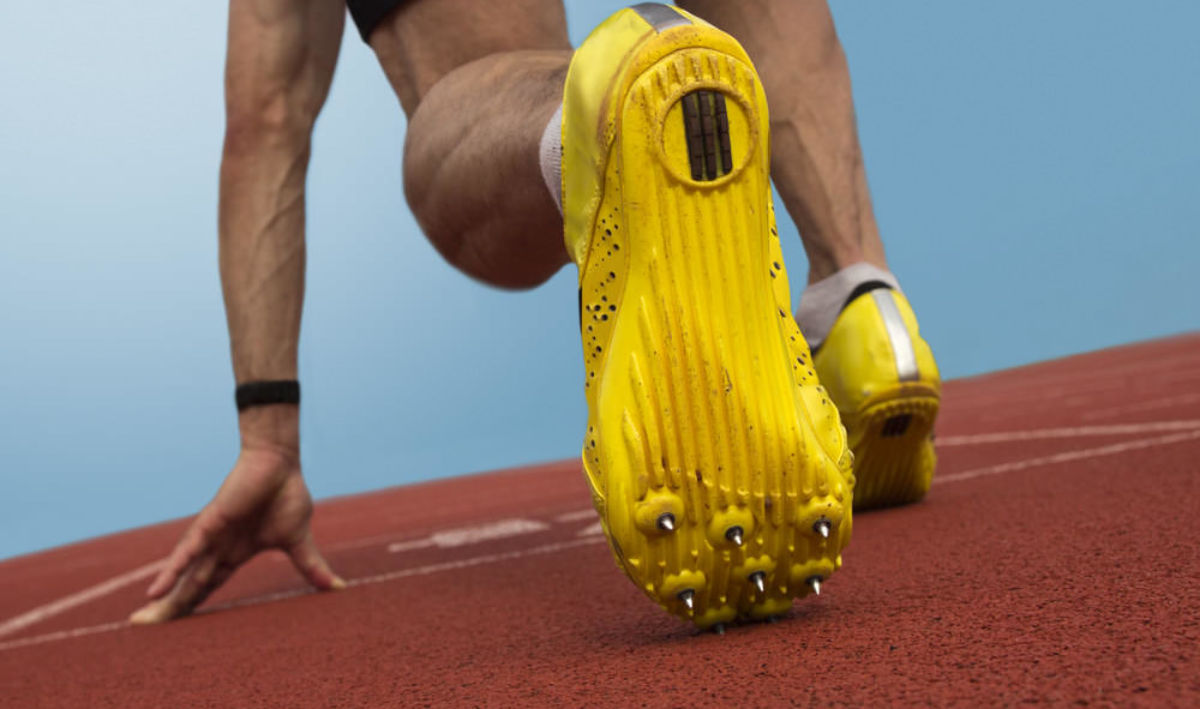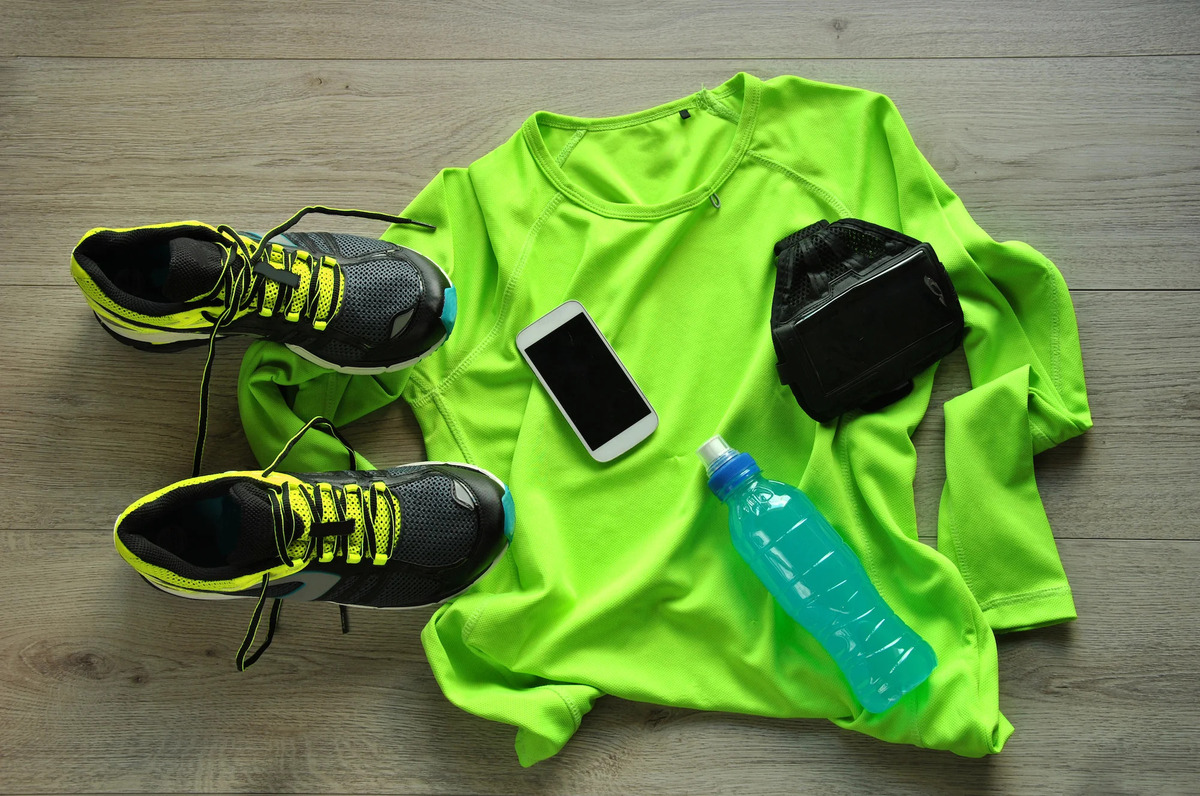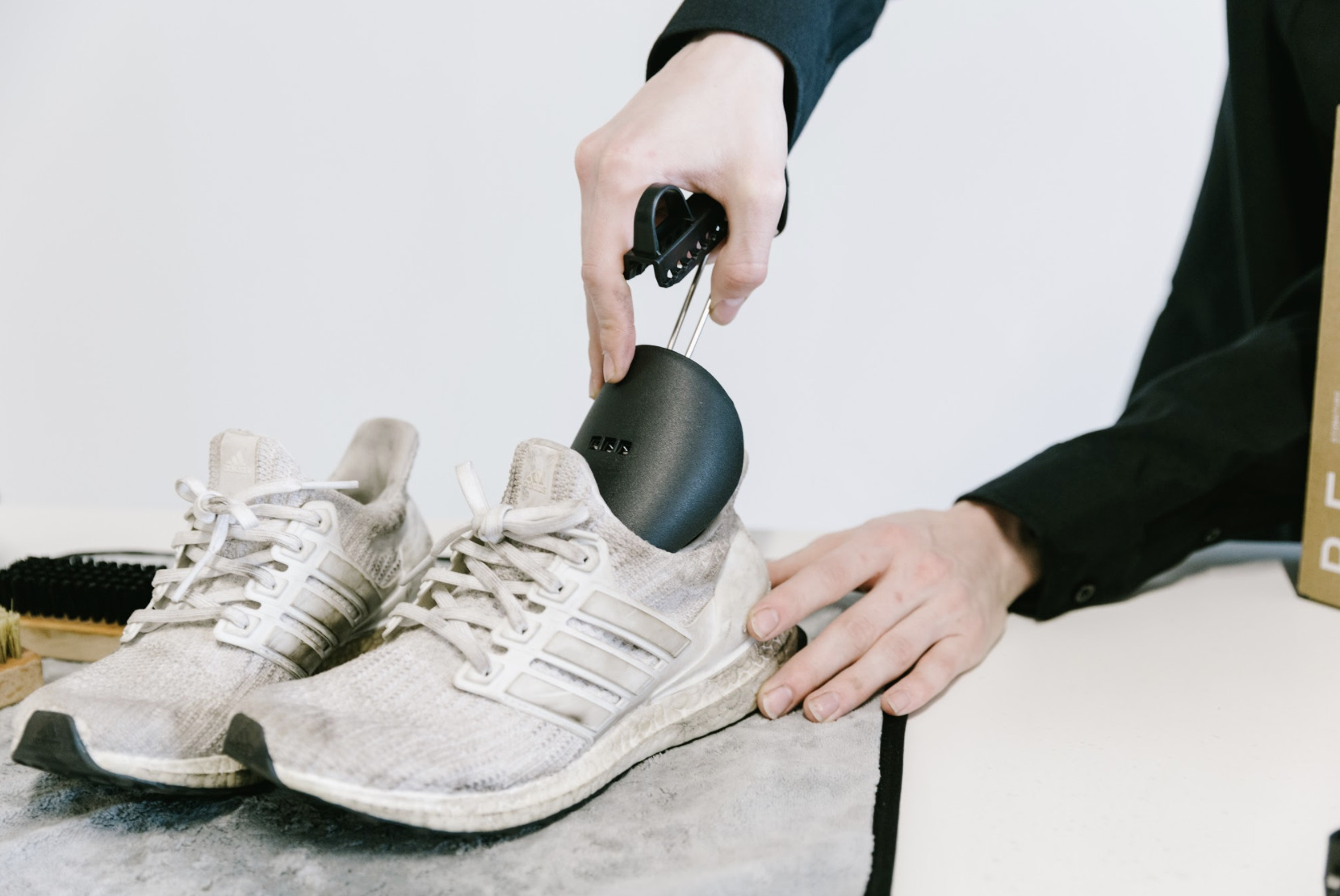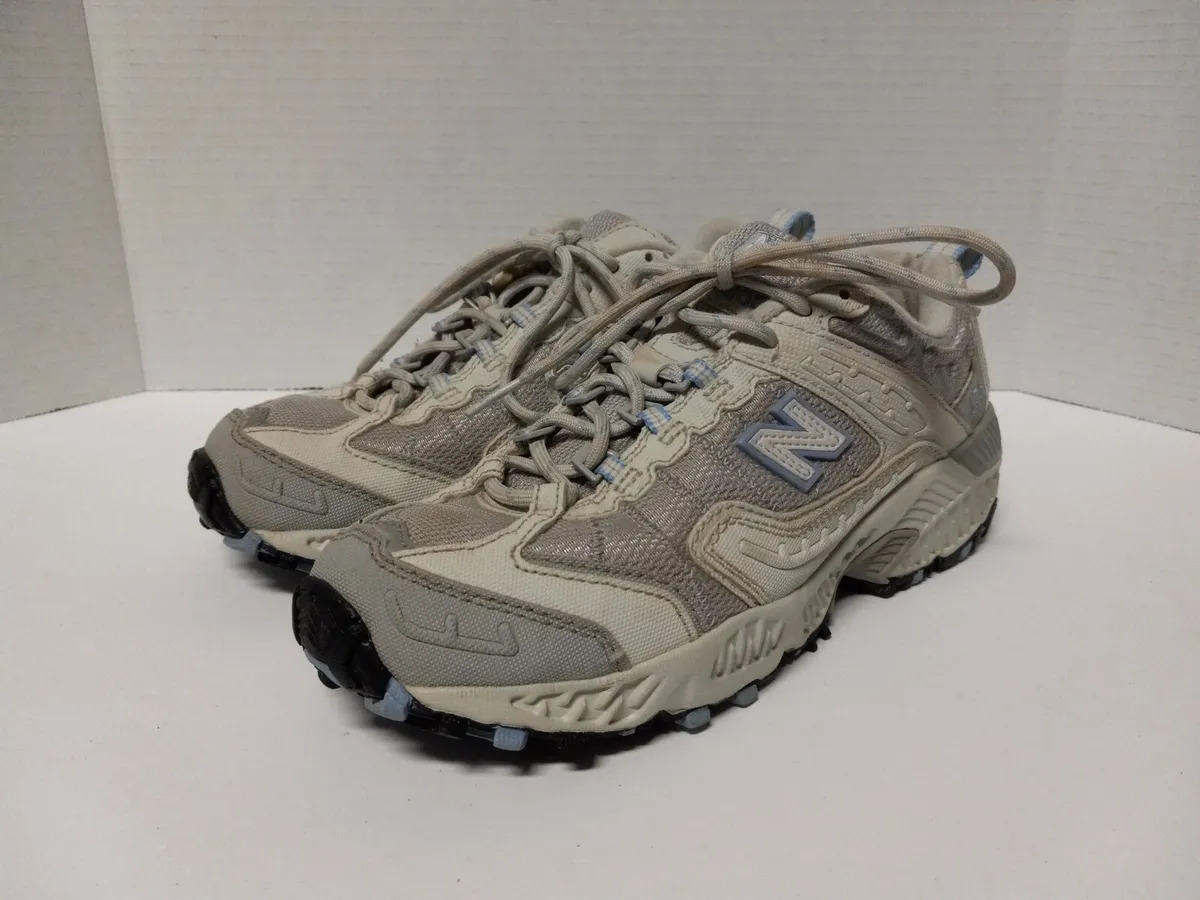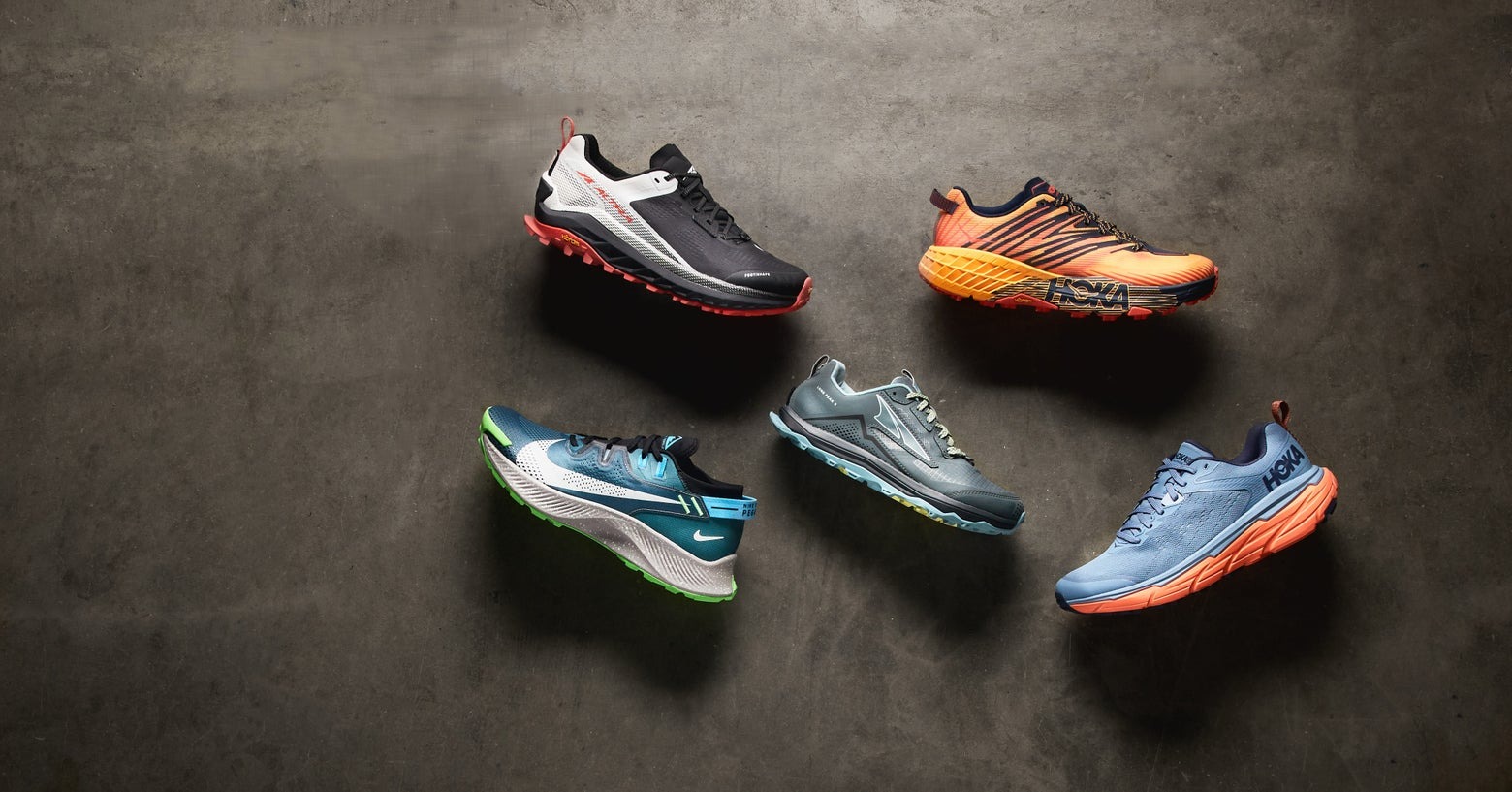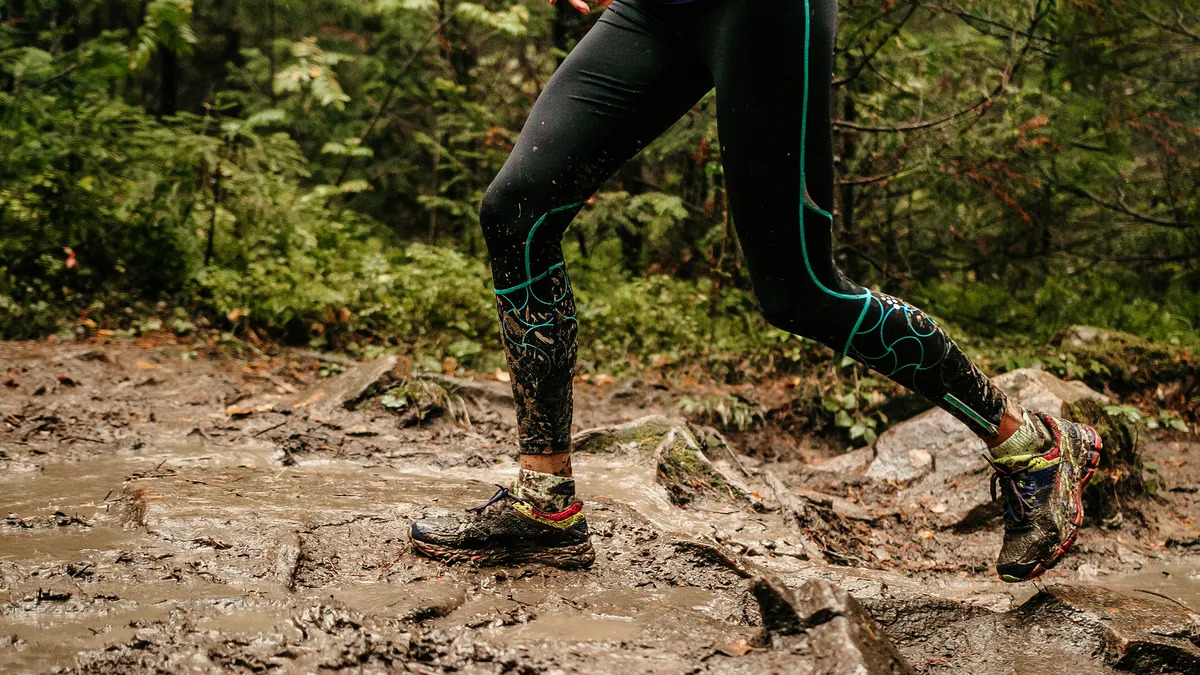

Featured
How To Clean Very Muddy Running Shoes
Modified: August 18, 2023
Discover the best techniques to clean heavily soiled running shoes with our featured guide. Bring your muddy shoes back to their pristine condition in no time!
Introduction
Running shoes are an essential piece of athletic gear for any avid runner. But sometimes, no matter how cautious we are, our running shoes can end up getting extremely muddy. Whether you’ve braved a rainy or muddy trail or ventured off the beaten path on your run, dealing with very muddy running shoes can be a daunting task. However, with the right approach and a few key supplies, you can effectively clean your muddy running shoes and have them looking good as new.
Gathering your supplies is the first step in the shoe-cleaning process. You’ll need a few items to help tackle the mud and stains:
- A stiff brush or old toothbrush
- Mild detergent or sneaker cleaner
- A soft cloth
- Paper towels or old newspapers
- Warm water
- Optional: pretreatment spray or stain remover
Before diving into the cleaning process, it’s important to remove as much excess mud from your shoes as possible. This will make the subsequent cleaning steps much easier. Begin by allowing the mud to dry completely. Once dry, take your stiff brush or toothbrush and gently brush away the dried mud. Be careful not to scrub too vigorously, as this could damage the shoe material.
If there happen to be stubborn stains on your muddy shoes, you may want to consider pretreating them. There are many commercial pretreatment sprays or stain removers available that can effectively break down tough stains. Follow the instructions on the product and apply it directly to the stained area. Allow it to sit for a few minutes before moving on to the next cleaning step.
Gathering Supplies
Before you begin cleaning your very muddy running shoes, it’s important to gather all the necessary supplies. Having the right tools on hand will make the cleaning process much easier and more efficient. Here are the items you’ll need:
- A stiff brush or old toothbrush: This will be used to remove dried mud from the surface of your shoes. A stiff-bristled brush or an old toothbrush works well for this task.
- Mild detergent or sneaker cleaner: You’ll need a gentle cleaning solution to remove dirt and grime from your shoes. Choose a mild detergent or a specialized sneaker cleaner that is safe for the material of your shoes.
- A soft cloth: A soft cloth or sponge is ideal for applying the cleaning solution and gently scrubbing your shoes.
- Paper towels or old newspapers: These will be used to stuff your shoes after cleaning to help them retain their shape and absorb excess moisture.
- Warm water: You’ll need warm water to mix with the cleaning solution and rinse off the shoes. Avoid using hot water, as it can damage certain shoe materials.
- Optional: pretreatment spray or stain remover: If your shoes have stubborn stains, you may want to use a pretreatment spray or stain remover to help break down the stains before washing.
Having these supplies ready and easily accessible will save you time and ensure a smoother cleaning process. Remember to check the labels of any cleaning products you use to ensure they are safe for your specific shoe material. Now that you’ve gathered your supplies, you’re ready to tackle the task of cleaning your very muddy running shoes.
Removing Excess Mud
Before you can effectively clean your very muddy running shoes, it’s crucial to remove as much excess mud as possible. This will make the subsequent cleaning steps much easier and more effective. Follow these steps to remove the excess mud from your shoes:
- Allow the mud to dry: It’s important to let the mud on your shoes dry completely. Trying to remove wet mud can smear it and make the cleaning process more difficult. If possible, leave your shoes outside or in a well-ventilated area to let the mud dry naturally. Avoid placing them near a heat source, as excessive heat can damage the shoe material.
- Brush off the dried mud: Once the mud is completely dry, take a stiff brush or an old toothbrush and gently brush away the dried mud. Start at the top of the shoe and work your way down, brushing in downward motions. Be careful not to scrub too vigorously, as this could damage the material of your shoes. If there are crevices or hard-to-reach areas, use the toothbrush to carefully remove the mud.
- Tap or knock the shoes together: After brushing off most of the dried mud, tap or knock the shoes together to dislodge any remaining mud particles. This will help to further loosen and remove the mud from the shoes.
By following these steps, you can effectively remove excess mud from your running shoes. This will make the cleaning process much smoother and ensure that your shoes are ready for the next step: pretreating any stubborn stains.
Pretreating Stains
If your very muddy running shoes have stubborn stains, pretreating them before washing can help to break down the stains and improve the overall cleaning results. Here’s what you need to do:
- Identify the stains: Take a close look at your shoes and identify any noticeable stains. Common stains on running shoes include grass stains, mud stains, and food or drink spills.
- Choose a pretreatment spray or stain remover: There are various pretreatment sprays and stain removers available on the market that are specifically designed to tackle tough stains. Look for a product that is suitable for the material of your shoes.
- Test the product: Before applying the pretreatment spray or stain remover directly to the stain, test it on a small, inconspicuous area of the shoe to ensure it doesn’t cause any discoloration or damage to the material.
- Apply the pretreatment spray: Once you’ve tested the product and are confident it won’t harm your shoes, spray it directly onto the stained areas. Make sure to follow the instructions on the product for the best results.
- Let it sit: Allow the pretreatment spray or stain remover to sit on the stains for a few minutes. This will give the product time to work on breaking down the stains.
- Gently scrub the stains: After letting the pretreatment sit, take a soft brush or toothbrush and gently scrub the stained areas. Use circular motions and apply light pressure to avoid damaging the shoe material. This will help to lift and loosen the stains.
Once you’ve pretreated the stains, you’re ready to move on to the next step: hand washing your very muddy running shoes. The pretreatment process will help ensure that stubborn stains are effectively treated during the cleaning process, resulting in cleaner and fresher-looking shoes.
Hand Washing the Shoes
After removing excess mud and pretreating any stubborn stains, it’s time to proceed with hand washing your very muddy running shoes. Hand washing allows you to have more control and be gentler on the shoes compared to machine washing. Follow these steps to effectively hand wash your shoes:
- Prepare a cleaning solution: Fill a basin or large bowl with warm water and add a small amount of mild detergent or sneaker cleaner. Mix the solution until it forms a soapy mixture.
- Dip a soft cloth or sponge into the cleaning solution: Make sure the cloth or sponge is thoroughly soaked in the soapy water. Wring out any excess water to avoid saturating the shoes.
- Gently scrub the shoes: Starting from the top of the shoe, use the damp cloth or sponge to gently scrub the entire surface, paying extra attention to areas with stains or dirt buildup. Use circular motions and moderate pressure to remove the dirt and grime. Avoid scrubbing too aggressively, as it may damage the material.
- Focus on the soles: The soles of your running shoes often accumulate the most dirt and mud. Give them extra attention by using the brush or toothbrush to scrub the grooves and hard-to-reach areas. This will help remove any remaining debris.
- Rinse the shoes: Once you’ve thoroughly scrubbed the shoes, rinse them under running water to remove any soap residue. Make sure to rinse both the exterior and interior of the shoes.
- Remove excess water: Gently squeeze the shoes to remove excess water. Do not twist or wring them, as this may damage the shape and structure of the shoes.
By hand washing your very muddy running shoes, you can ensure a careful and thorough cleaning process. This method allows you to pay attention to the specific areas that need extra cleaning, ensuring that your shoes are fresh and ready for the next run. However, if you prefer using a machine to clean your shoes, there is an alternative method: machine washing.
Machine Washing the Shoes
If you prefer to use a machine to clean your very muddy running shoes, machine washing can be a convenient and effective option. However, it’s important to note that machine washing may not be suitable for all types of shoes or materials. Before proceeding, check the manufacturer’s instructions or guidelines on whether your shoes can be safely machine washed. If they can, follow these steps:
- Prepare your shoes: Before placing your shoes in the washing machine, remove excess mud and debris as much as possible. Use a stiff brush or old toothbrush to brush off dried mud. This will prevent excess dirt from getting into the washing machine and potentially causing damage.
- Use a protective bag: To protect your shoes and the washing machine, it is recommended to place them in a mesh laundry bag or pillowcase. This will help prevent your shoes from getting tangled or potentially causing damage to the washing machine.
- Select the right settings: Set your washing machine to a gentle cycle with cold water. Avoid using hot water, as it may cause damage to the shoe material. Additionally, use a small amount of mild detergent or sneaker cleaner specifically designed for use in washing machines.
- Avoid using the spin cycle: Skip the spin cycle or set it to the lowest setting to minimize stress on the shoes. High-spin cycles can potentially damage the structure and shape of the shoes.
- Drying the shoes: After the washing cycle is complete, remove your shoes from the machine and allow them to air dry. Avoid using direct heat sources, such as a dryer or heater, as high temperatures can distort or damage the shoes. Instead, stuff them with paper towels or old newspapers to help absorb moisture and maintain their shape.
Quick note: Machine washing is generally suitable for shoes made of durable materials such as canvas or synthetic materials. It may not be suitable for shoes with delicate fabrics or intricate designs.
By following these steps, you can safely and effectively machine wash your very muddy running shoes. However, keep in mind that hand washing is generally a gentler option and may be more suitable for certain shoe materials.
Drying and Deodorizing
After cleaning your very muddy running shoes, the next step is to properly dry them to maintain their shape and prevent any unpleasant odors. Follow these steps to ensure your shoes dry effectively:
- Remove excess moisture: Gently squeeze your shoes to remove any excess water. Avoid twisting or wringing them, as this may damage the material or alter the shape of the shoes.
- Stuff the shoes: Take some paper towels or old newspapers and crumple them up. Stuff the shoes with the paper towels or newspapers to help them retain their shape and absorb moisture. Make sure you fill them evenly and firmly, but not too tightly.
- Air dry: Place your shoes in a well-ventilated area with good air circulation. Avoid direct sunlight or heat sources, as they can cause the shoes to fade or lose their shape. Keep them away from any moisture or dampness, as this can lead to mold or mildew growth.
- Allow ample drying time: Give your shoes enough time to dry completely. This may take anywhere from 24 to 48 hours, depending on the shoe material and environmental conditions. Avoid rushing the drying process, as wearing damp shoes can lead to discomfort and potential odor development.
- Deodorize: To keep your shoes smelling fresh, consider using deodorizing techniques. You can sprinkle some baking soda or a specialized shoe deodorizer inside the shoes before and after drying. Let it sit for a few hours or overnight to absorb any residual odors. Shake out the excess powder before wearing your shoes again.
Proper drying is essential to prevent any potential damage and maintain the longevity of your very muddy running shoes. By following these steps, your shoes will not only be clean but also fresh and ready for your next run.
Final Tips and Precautions
As you wrap up the cleaning process for your very muddy running shoes, here are some final tips and precautions to keep in mind:
- Read the manufacturer’s instructions: Before cleaning your shoes, check the manufacturer’s guidelines or instructions. Some shoes may have specific cleaning recommendations or materials that require special care.
- Avoid using harsh chemicals: Stick to mild detergents or sneaker cleaners when washing your shoes. Harsh chemicals can damage the materials and affect the color or texture of your shoes.
- Treat stains promptly: As soon as you notice any stains on your shoes, address them promptly. The longer a stain sits, the harder it may be to remove. Act quickly to increase your chances of successful stain removal.
- Protect delicate materials: If your running shoes have delicate or sensitive materials, such as suede or leather, it’s best to consult with a professional cleaner who specializes in dealing with these specific materials.
- Avoid excessive soaking: While it’s important to thoroughly clean your shoes, avoid excessively soaking them in water or leaving them submerged for long periods. Excessive moisture can weaken the shoe’s structure and potentially cause damage.
- Regular maintenance: To keep your running shoes in good condition for longer, practice regular maintenance. Clean them after each run or whenever they become dirty to prevent excessive buildup.
- Proper storage: When you’re not using your running shoes, store them in a dry and well-ventilated area. Avoid storing them in a damp or humid environment, as this can promote mold and mildew growth.
By following these tips and taking necessary precautions, you can extend the lifespan of your very muddy running shoes and ensure they remain in excellent condition for many runs to come.
Conclusion
Cleaning very muddy running shoes may seem like a daunting task, but with the right approach and supplies, you can bring them back to their pristine condition. By following the steps outlined in this guide, you’ll be able to effectively remove excess mud, pretreat stains, and hand wash or machine wash your shoes, depending on your preference and the shoe’s material. Remember to properly dry and deodorize your shoes to maintain their shape and freshness.
Throughout the cleaning process, it’s important to take precautions and follow any manufacturer’s guidelines specific to your shoes. Avoid using harsh chemicals and excessive soaking to prevent damage to the materials. Promptly addressing stains and practicing regular maintenance will help prolong the life of your running shoes.
Whether you’re preparing your shoes for your next race or simply wanting to maintain their cleanliness and functionality, investing time in cleaning your very muddy running shoes will pay off in the long run. Not only will you have clean and fresh-smelling shoes, but you’ll also be able to protect their performance and ensure your running experiences remain comfortable and enjoyable.
So go ahead, grab your supplies, and give those muddy running shoes the attention they deserve. Happy running!
